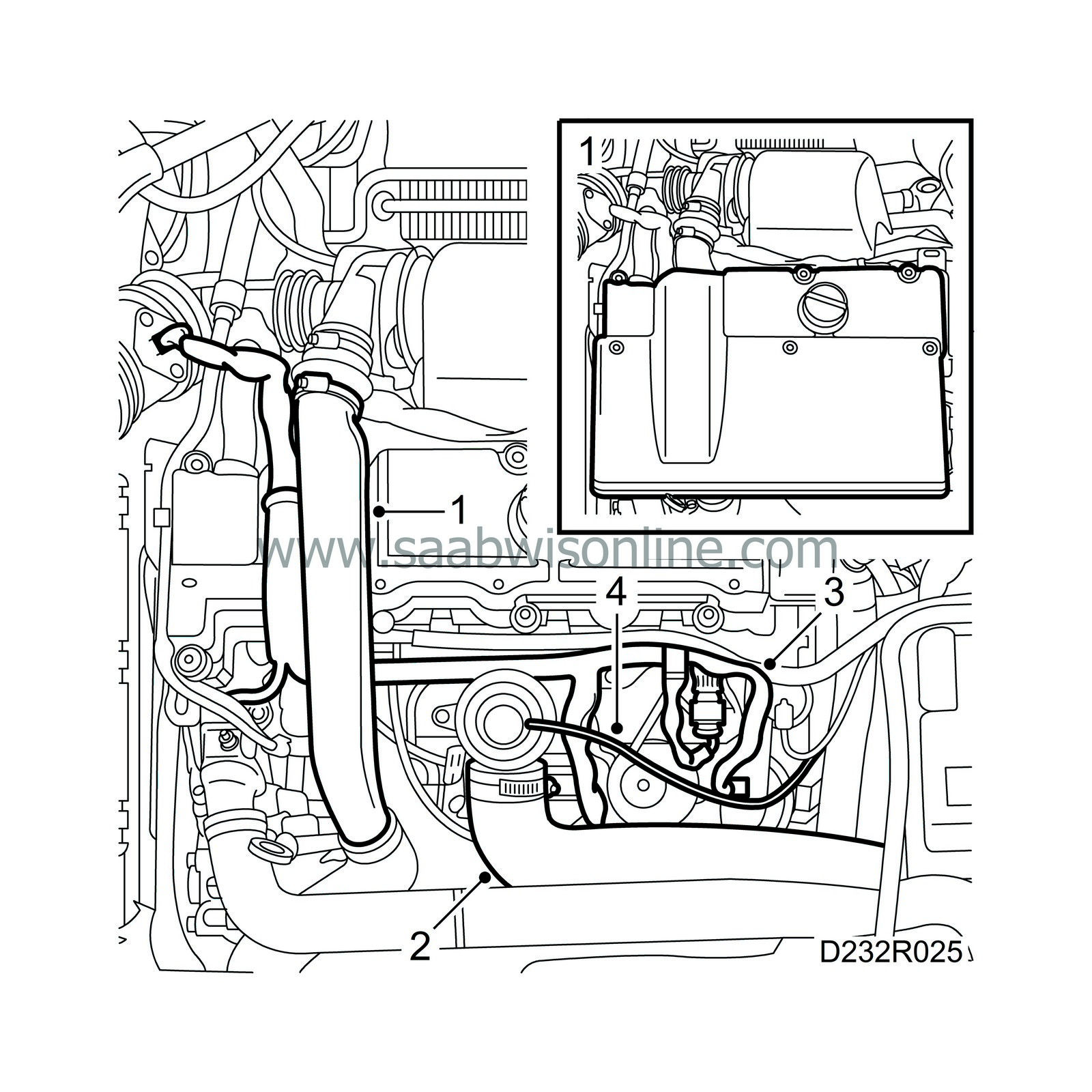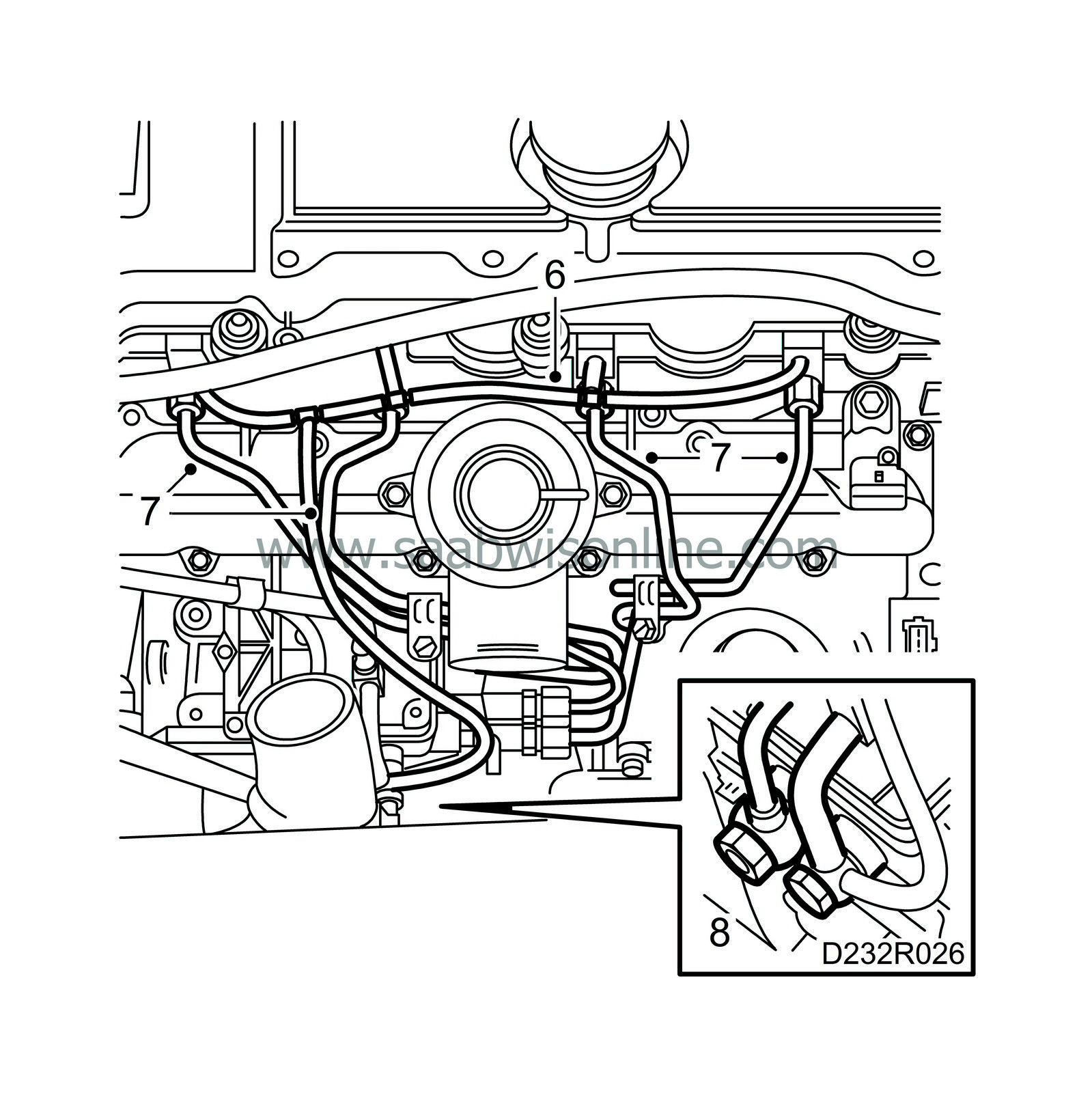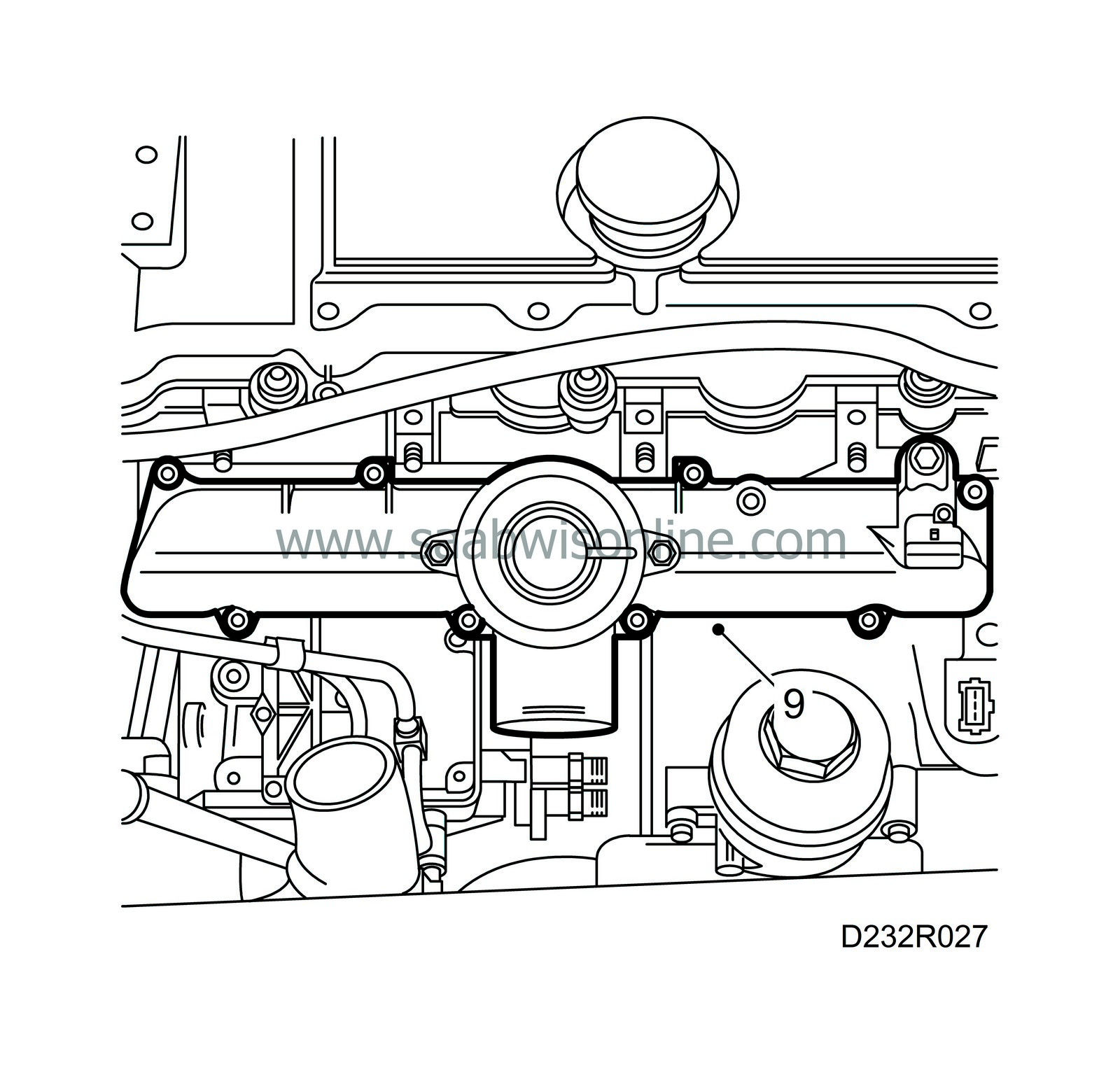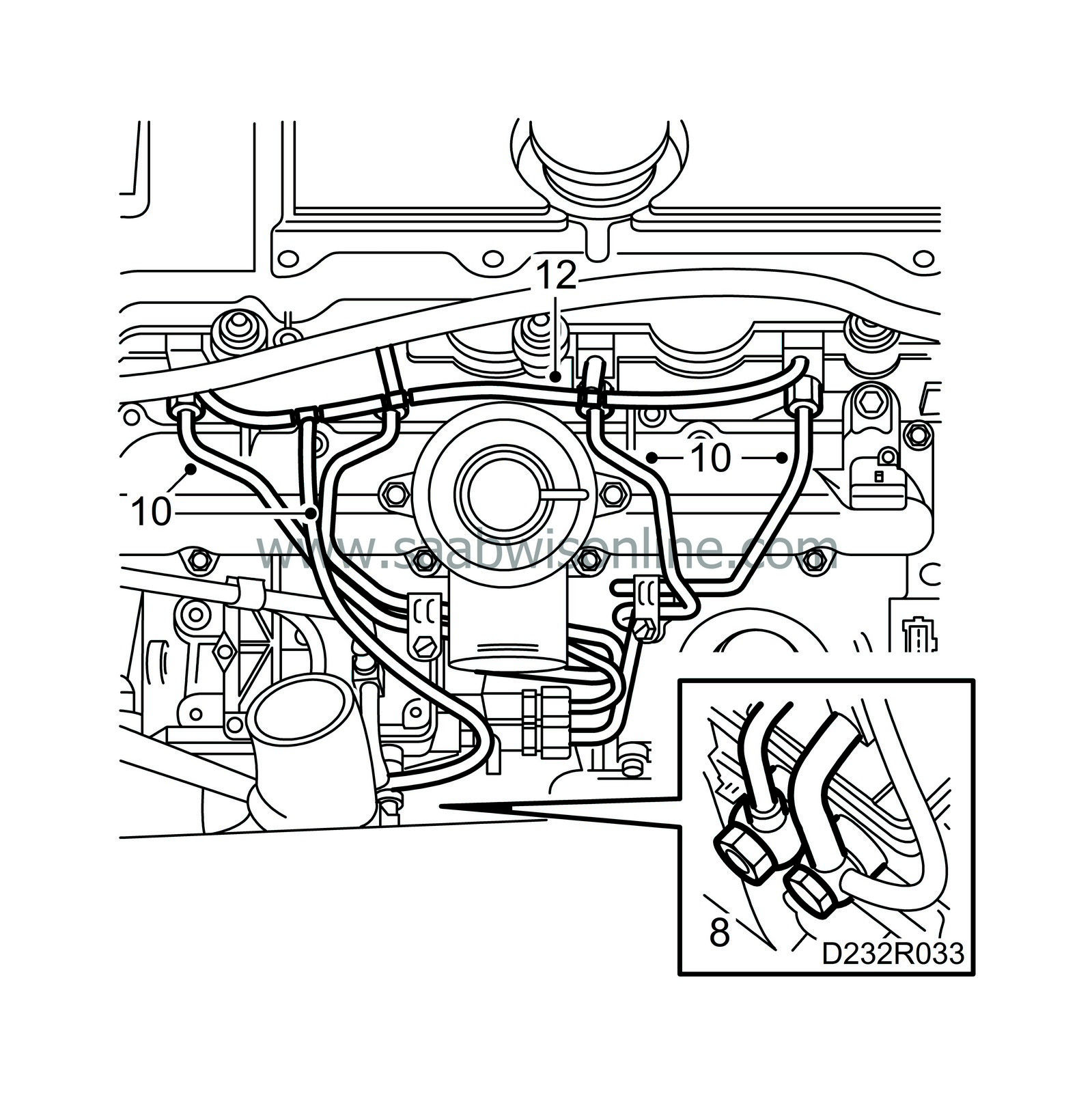Intake manifold, lower part
| Intake manifold, lower part |
| To remove |
|
|||||||
| • |
Make provision for good ventilation! If approved ventilation for extracting fuel fumes is available then it must be used.
|
|
| • |
Use protective gloves! Prolonged contact with fuel may irritate the skin.
|
|
| • |
Keep a class BE fire extinguisher close at hand! Watch out for sparks, e.g. in connection with breaking electric circuits, short-circuits, etc.
|
|
| • |
Smoking is absolutely forbidden.
|
|
| 1. |
Remove the engine cover and the turbocharger delivery pipe (2 screws under the wiring harness). Plug the hoses.

|
|
| 2. |
Detach the air hose from the intake manifold, bend it to one side and plug it.
|
|
| 3. |
Unplug all the cables connected to the wiring harness channel and cut the securing points. Remove the channel from the cylinder head and lay it over the engine.
|
|
| 4. |
Pull off the vacuum hose from the EGR valve.
|
|
| 5. |
Note the position of the fuel rails and their clips and mark them.

|
|
| 6. |
Remove the fuel return hoses from the cylinder head.
|
|
| 7. |
Remove the fuel rails (remove the clips if necessary).
|
|
| 8. |
Slightly loosen the fuel line connections on the fuel pump.
|
|
| 9. |
Remove the upper part of the intake manifold.

If the upper part of the intake manifold is to be changed, the pressure sensor and EGR valve must be removed. |
|
| 10. |
Remove the vacuum hose from the control valve vacuum unit.

|
|
| 11. |
Remove the lower part of the intake manifold.
If the lower part of the intake manifold is to be changed, the vacuum valve for the swirl throttle and the bracket for the crankshaft position sensor connector must be removed. |
|
| To fit |

| 1. |
Clean the sealing surfaces.
|
|
| 2. |
Fit a new gasket on the cylinder head and fit the lower part of the intake manifold with new nuts.
Tightening torque: 20 Nm (15 lbf ft). |
|
| 3. |
Fit the vacuum valve and the bracket for the crankshaft position sensor connector if the intake manifold has been changed.
|
|
| 4. |
Connect the vacuum hose to the control valve vacuum unit.
|
|
| 5. |
Clean the sealing surfaces.

|
|
| 6. |
Fit a new gasket on the lower part of the intake manifold and fit the upper part.
Tightening torque: 10 Nm (7 lbf ft). |
|
| 7. |
Fit the pressure sensor and EGR valve if the intake manifold has been changed.
|
|
| 8. |
Tighten the fuel lines to the fuel pump.

Tightening torque: 25 Nm (18.5 lbf ft). |
|
| 9. |
Check the fuel rail connecting cones and replace if necessary.
|
|
| 10. |
Attach the fuel rails with clamps in their original positions.
Tightening torque: 25 Nm (18.5 lbf ft). |
|
| 11. |
Check the condition of the fuel return hoses and joints and replace if necessary.
|
|
| 12. |
Connect the fuel return hoses.
|
|
| 13. |
Connect the vacuum hose to the EGR valve.

|
|
| 14. |
Fit the wiring harness channel to the engine.
|
|
| 15. |
Secure the wiring harness as it was previously.
|
||||||||||
| 16. |
Refit the hose to the intake manifold.
|
|
| 17. |
Refit the turbocharger delivery pipe and the engine cover.
|
|

 Warning
Warning

